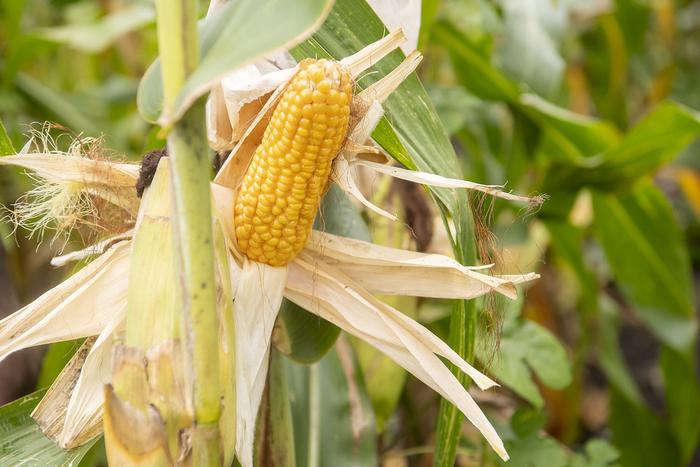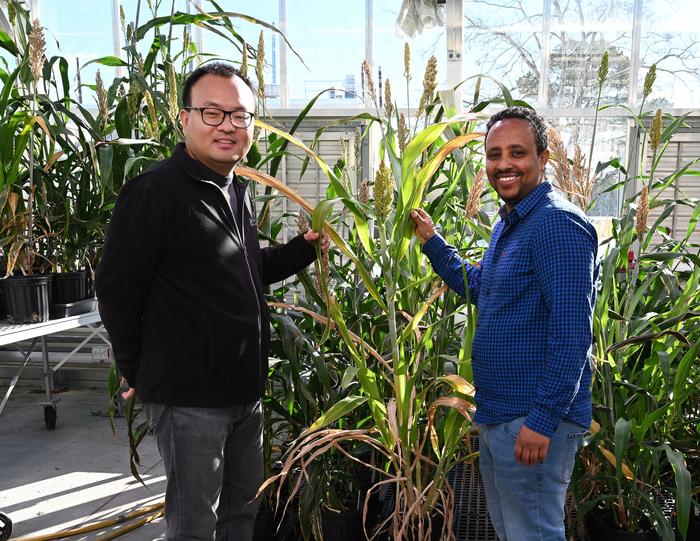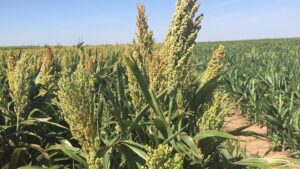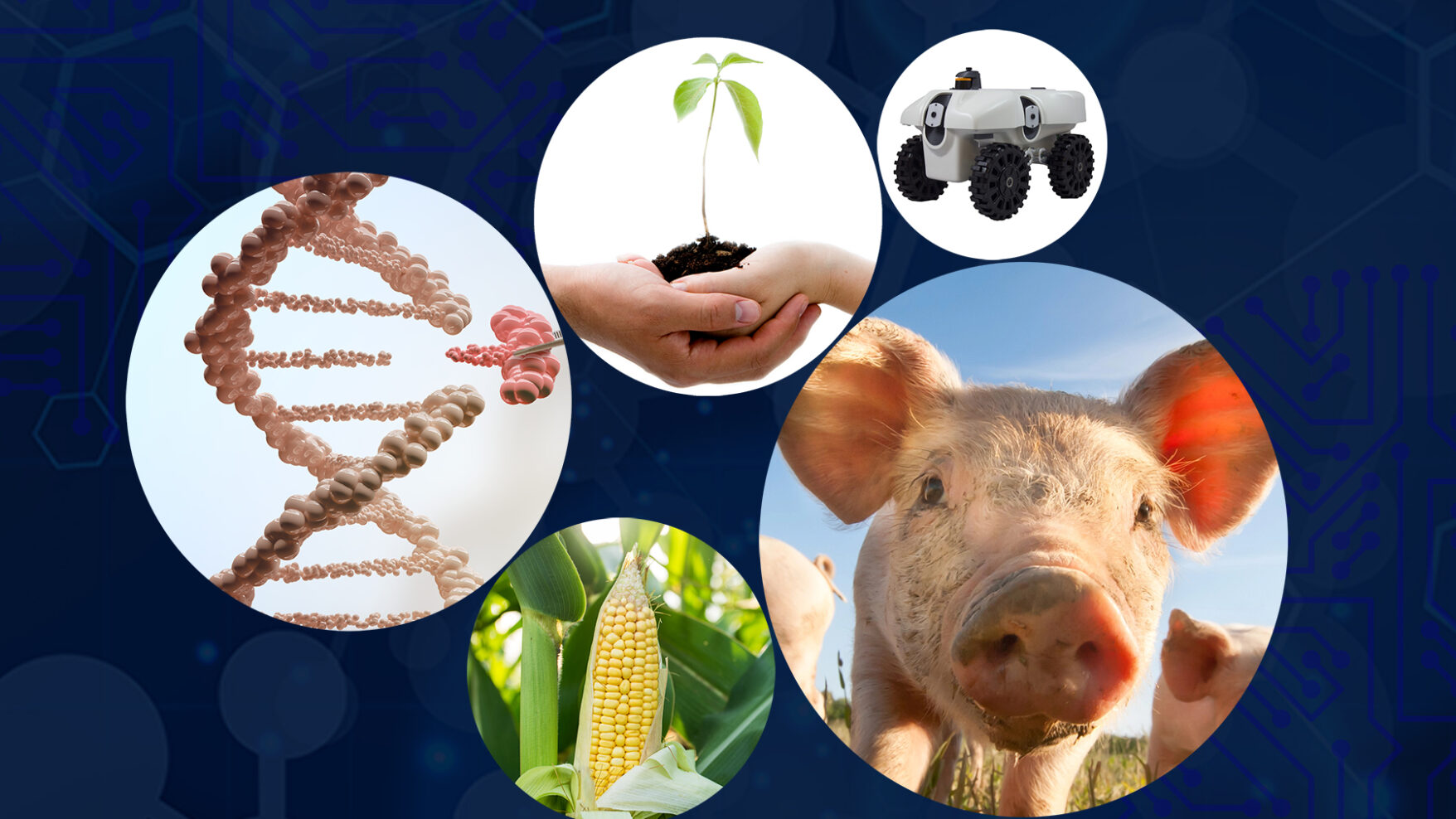Traditional lab testing in agriculture is slow, costly, and complex.
But new research from the University of Illinois Urbana-Champaign (UIUC) shows that near-infrared (NIR) spectroscopy, combined with machine learning, is transforming how we analyze raw materials like corn kernels and sorghum biomass—delivering quicker, more affordable results without sacrificing accuracy.
In two groundbreaking studies, revealed in a UIUC news release, researchers showcase how NIR technology not only cuts costs but also helps industries analyze key components faster. This innovation could have far-reaching impacts on everything from food production to biofuels.
Accelerating Corn Kernel Analysis with NIR Spectroscopy
“NIR spectroscopy has many advantages over traditional methods. It is fast, accurate, and inexpensive. Unlike lab analysis, it does not require the use of chemicals, so it’s more environmentally sustainable,” explained Mohammed Kamruzzaman, assistant professor at the University of Illinois’ Department of Agricultural and Biological Engineering (ABE).
In one study, researchers developed a global model for analyzing corn kernels—a critical advancement for the grain processing industry where moisture and protein content directly affect nutrition, processing efficiency, and pricing.
Because corn varies significantly depending on where it’s grown, the research team collected samples from seven countries—Argentina, Brazil, India, Indonesia, Serbia, Tunisia, and the USA—to ensure their model would work across different environments. Lead author Runyu Zheng shared, “We combined gradient-boosting machines with partial least squares regression. This is a novel approach that yields accurate, reliable results.”
Boosting Biofuel Production through Sorghum Biomass Analysis
The second study targets the use of sorghum biomass for biofuel—a renewable and cost-effective energy source. Rapid analysis of its chemical composition could revolutionize industries focused on biofuels and crop breeding.
Md Wadud Ahmed, the lead author, stated, “We first scanned the samples and obtained NIR spectra as an output. This is like a fingerprint that is unique to different chemical compositions and structural properties.”
NIR’s non-destructive, fast, and flexible screening capability enables industrial users to analyze samples without interrupting production. Kamruzzaman summed it up: “You can simply take samples for measurement, scan them, and then return them to the production stream.”
For further reading, check out the original studies in Food Chemistry and Biomass and Bioenergy, which were funded by the DOE Center for Advanced Bioenergy and Bioproducts Innovation.
- First paper: “Optimizing feature selection with gradient boosting machines in PLS regression for predicting moisture and protein in multi-country corn kernels via NIR spectroscopy,” [DOI: 10.1016/j.foodchem.2024.140062].
- Second paper: “Rapid and high-throughput determination of sorghum (Sorghum bicolor) biomass composition using near infrared spectroscopy and chemometrics,” [DOI: 10.1016/j.biombioe.2024.107276].
This research, supported by the U.S. Department of Energy, marks a pivotal step toward more efficient and sustainable practices in agriculture and bioenergy.













